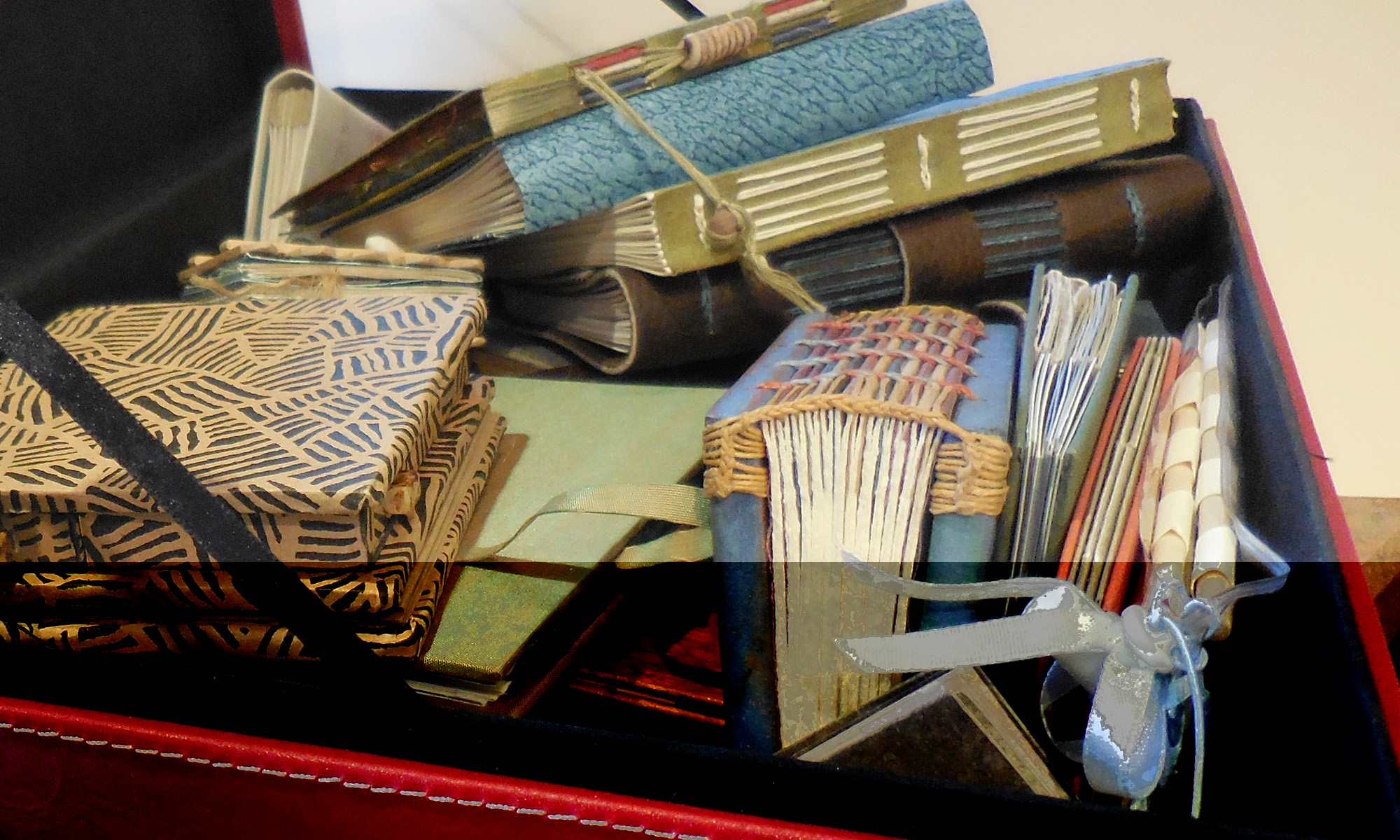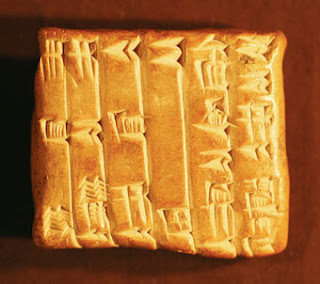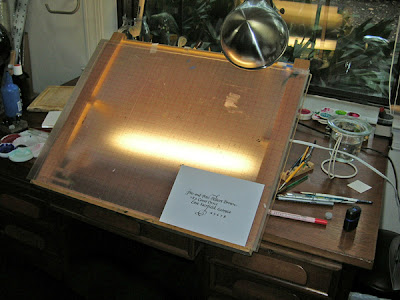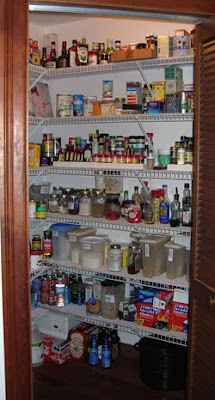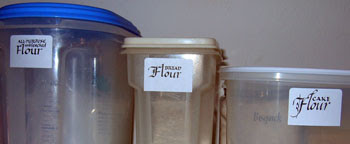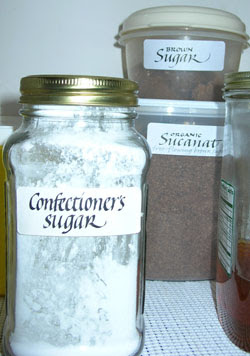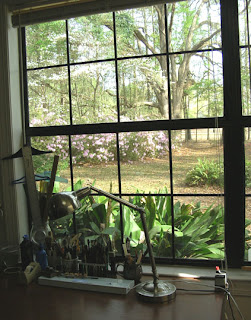Remember the juried show I blogged about in February? Well, two of my three submissions were accepted. The one I was finishing up just in time for submission didn’t make it. (I realize why, but I would have enjoyed the irony: The last time I submitted artwork to this juried show was about 20 years ago, and the piece that was accepted was based on the same quotation about topsoil.)
This piece was accepted:

And this book was accepted (here’s one page view and few thumbnails of other page views):

I’m very pleased. Calculating from the information given in the acceptance letter, 2/3 of artists who submitted work had their work accepted, and only 1/4 of accepted artists had 2 pieces accepted. But who’s counting, eh?
Anybody planning to enter anything in the Letter Arts Review “Review 2007” juried show? I’ve never entered anything, but many years I’ve planned to. I’m planning to this year, too 🙂
But at the moment I’m immersed in Loeffler’s Two Rhapsodies for Oboe, Viola and Piano. I blithely agreed to play the piano part for an oboist’s spring jury and recital next month. After I’d looked at this 42-page behemoth a little more carefully I had a minor crisis of confidence as to whether I could actually play the thing. This is a first — the crisis of confidence, I mean, as far as playing the piano is concerned. But I’m feeling better about it, after several hours’ practice, and some time with the score at the gym. I’ve discovered that it takes a little more than 35 minutes to get through the whole 42 pages twice with the iPod set to a 2-track playlist — depending on which elliptical machine I’m using. Evidently all the elliptical machines don’t count time exactly the same. Who knew?
Like this:
Like Loading...
 I’ve been spending some time at PBS’s Art 21 website recently. It’s packed with information about contemporary art and artists, and excerpts from the 20-minute interviews shown on their PBS television series.
I’ve been spending some time at PBS’s Art 21 website recently. It’s packed with information about contemporary art and artists, and excerpts from the 20-minute interviews shown on their PBS television series. Geometry of Design: Studies in Proportion and Composition, by Kimberly Elam. It’s got a lot of compact information about the golden section and illustration as circles (which I’ve seen a lot) and squares (which I’ve seen less often), as well and some great overlays illustrating the underlying geometric design of various commercial artwork.
Geometry of Design: Studies in Proportion and Composition, by Kimberly Elam. It’s got a lot of compact information about the golden section and illustration as circles (which I’ve seen a lot) and squares (which I’ve seen less often), as well and some great overlays illustrating the underlying geometric design of various commercial artwork.